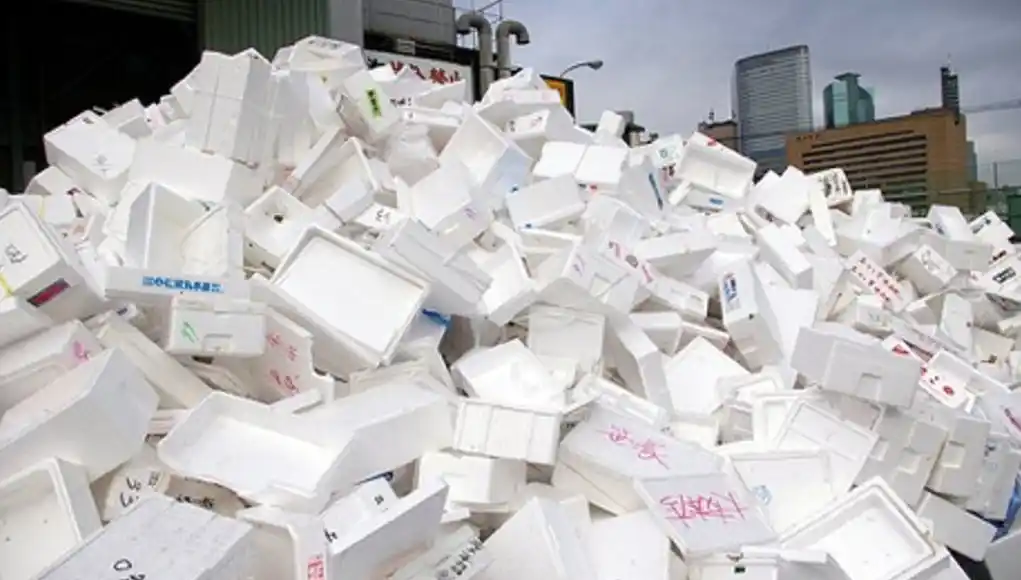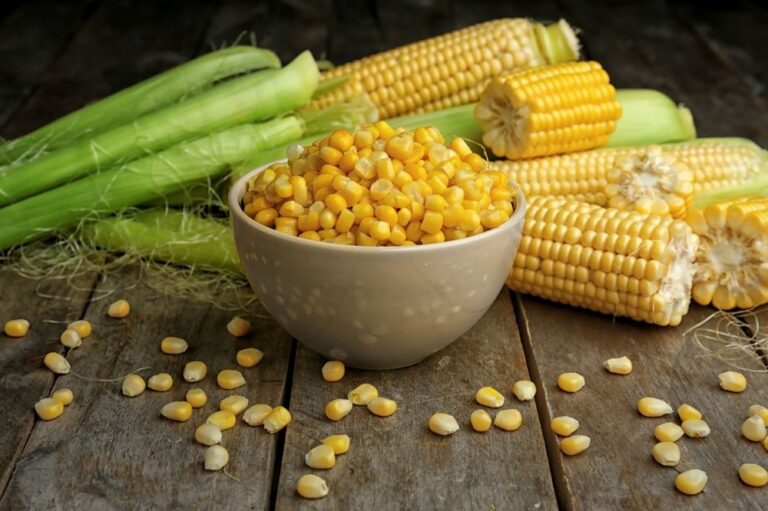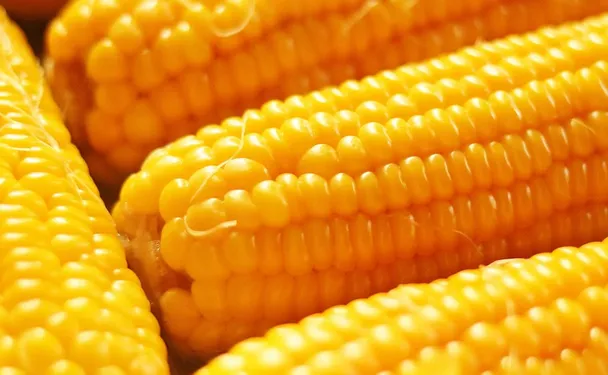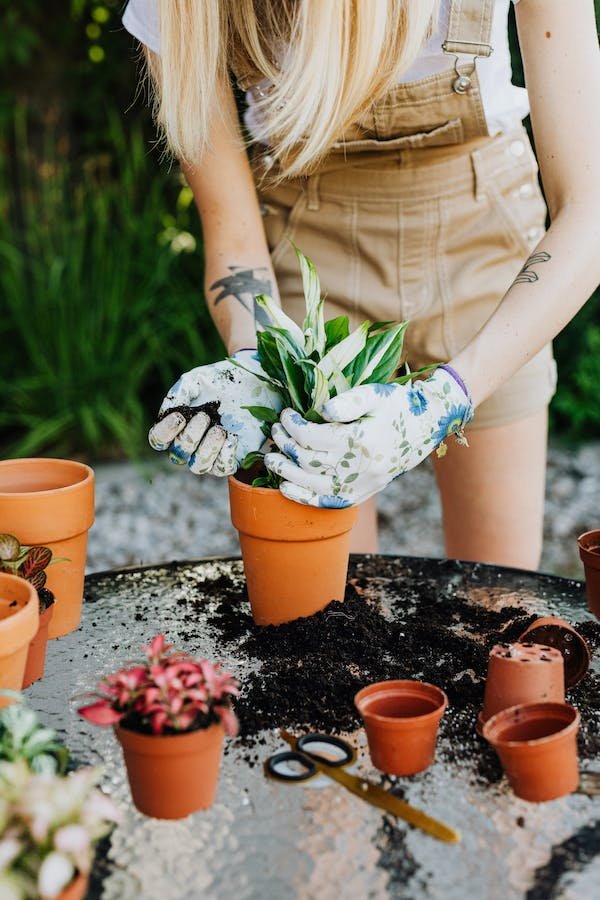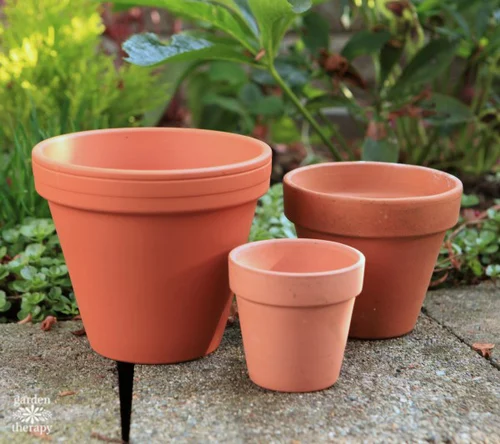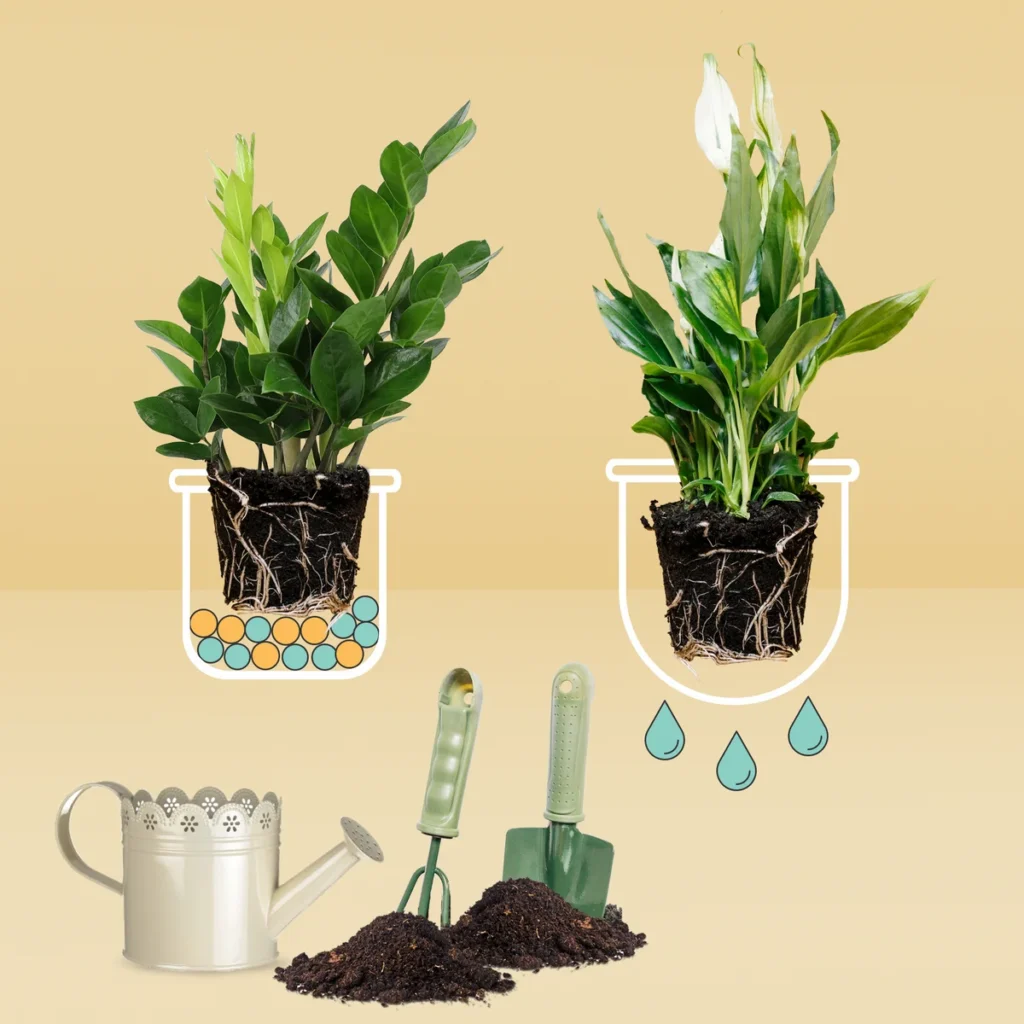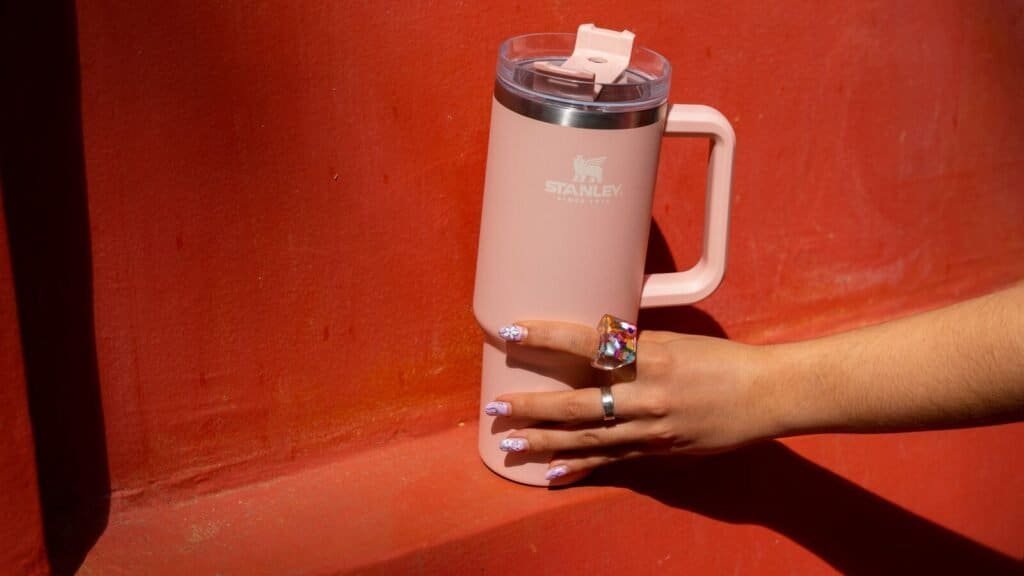The dragon fruit plant can bear fruit when it is grown in a pot. However, it may take longer for the plant to bear fruit when grown in a pot compared to when it is grown in a garden. The time it takes for a plant to bear fruit can vary depending on the variety of the plant, the size of the pot, and the care that the plant receives. On average, it can take between 2 to 3 years for a dragon fruit plant grown in a pot to bear fruit. However, it can take longer or shorter depending on the specific conditions of the plant. It’s important to keep in mind that dragon fruit plants require a lot of sunlight and regular watering to thrive. If you’re growing a plant in a pot, make sure to place it in a sunny spot and keep it well-watered.
Dragon Fruit Varieties
There are several dragon fruit varieties that are well-suited for growing in pots. Here are a few popular ones:
Hylocereus Undatus: Also known as the white-fleshed dragon fruit or pitaya Blanca, this variety is one of the most commonly grown fruits. It has a vibrant pink outer skin with white flesh inside.
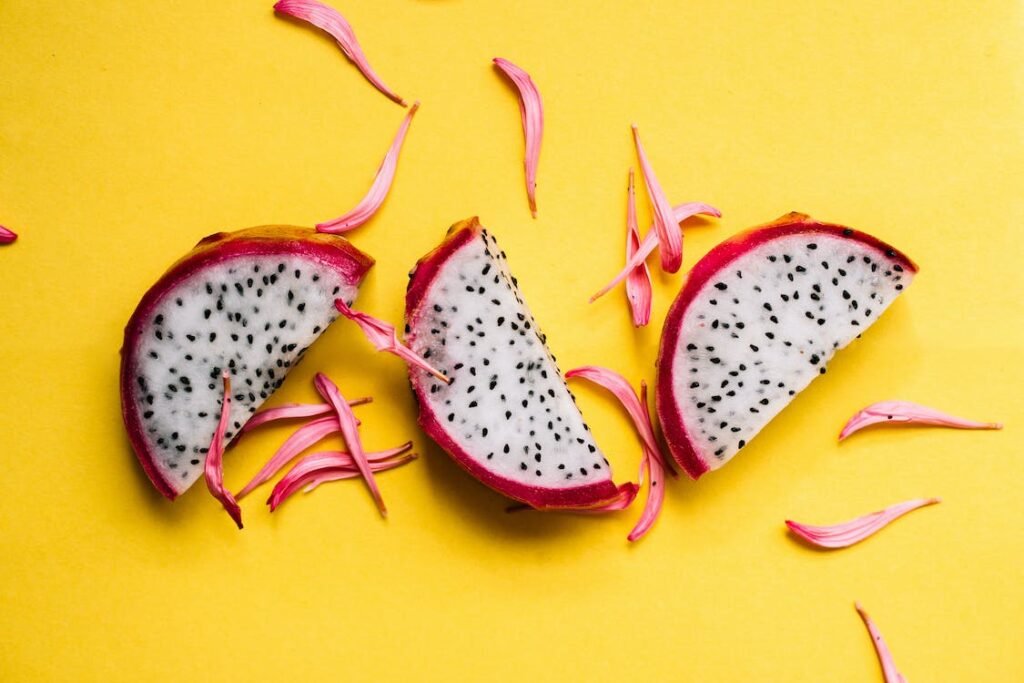
Image Source: pexels.com
Hylocereus Costaricensis: Commonly referred to as the red-fleshed dragon fruit or pitaya roja, this variety has a striking red or magenta flesh colour. It can be successfully grown in pots and provides an attractive display when it fruits.

Image Source: pexels.com
Selenicereus Megalanthus: Also called the yellow dragon fruit or pitaya amarilla, this variety has a yellow outer skin and white flesh with small edible seeds. It has a unique, tangy flavour. Selenicereus megalanthus performs well in containers and is a popular choice for home gardeners.
These varieties are generally suitable for container gardening because they are smaller in size, have manageable growth habits, and adapt well to the relatively restricted root space in pots. However, it’s important to note that the specific availability of these varieties may vary depending on your location and local nurseries.
Best Pot Size for Dragon Plant
The best pot size for the plants can vary depending on the stage of growth and the specific variety of the plant. Here are some general recommendations for pot sizes based on the growth stage of the plant:

Image Source: ecoorganicgarden.com
Seedling/Young Plant: When starting with a seedling or young plant, a small pot with a diameter of around 6 to 8 inches (15 to 20 cm) should be sufficient. This allows for proper root development and prevents excessive moisture retention.
Juvenile Plant: As the plant grows, it will require a larger pot to accommodate its expanding root system. A pot with a diameter of around 10 to 12 inches (25 to 30 cm) is suitable for a juvenile dragon fruit plant.
Mature Plant: Once the dragon fruit plant reaches maturity, it will need an even larger pot. A pot with a diameter of at least 18 to 24 inches (45 to 60 cm) is recommended for a mature plant. This size provides enough space for the extensive root system and allows the plant to grow and produce fruit more effectively.
It’s important to note that dragon fruit plants have the potential to grow quite large, with some varieties reaching 15 to 20 feet (4.5 to 6 meters) in length. If you have sufficient space, you can even consider planting them directly in the ground instead of keeping them in pots.
Best Watering Techniques for Dragon Fruit
When it comes to watering dragon fruit plants in pots, there are a few techniques you can follow to ensure proper hydration for the plant. Here are some best watering practices for dragon fruit plants:
Watering frequency: Dragon fruit plants prefer slightly moist soil. Water your potted dragon fruit plant whenever the top inch of soil feels dry to the touch. Depending on the climate and season, this could mean watering once or twice a week or adjusting the frequency accordingly.
Deep watering: When you water your dragon fruit plant, make sure to water deeply. This means thoroughly saturating the soil until water drains out from the bottom of the pot. This helps ensure that the entire root system receives adequate moisture.
Drainage: Proper drainage is crucial for dragon fruit plants. Ensure that the pot has drainage holes at the bottom to allow excess water to escape. Avoid letting the plant sit in standing water, as it can lead to root rot.
Mulching: Apply a layer of organic mulch, such as wood chips or straw, around the base of the plant. Mulching helps retain moisture in the soil and reduces evaporation. It also regulates soil temperature and suppresses weed growth.
Adjusting watering during different seasons: Dragon fruit plants may have different watering needs during different seasons. During the growing season, which is usually spring and summer, the plant may require more frequent watering. In winter, when the plant goes into dormancy, reduce watering and allow the soil to dry out slightly between watering.
Remember that these watering guidelines are general recommendations, and you should always monitor the moisture levels in the soil and adjust accordingly based on the specific conditions of your dragon fruit plant and its pot. Additionally, ensure that the pots have drainage holes at the bottom to prevent water logging and promote healthy root growth. Regularly check the size of the pot and consider repotting the plant if it becomes root-bound or starts to outgrow its current container.
Benefits Of The Fruit:
Skin Benefits
- Fights Signs Of Aging
- Treats Acne
- Soothes Sunburned Skin
- Promotes Skin Health
- Provides Essential Moisture To Dry Skin
Hair Benefits
- Treats Colored Hair
- Promotes Healthy Hair
- Health Benefits
Lowers Cholesterol
- Helps With Stomach Ailments
- Lowers Blood Sugar
- Improves Cardiovascular Health
- Cuts Low Hemoglobin Risk
- Helps In Weight Management
Prevents Cancer



